Indoor plants are a fantastic way to bring life, color, and freshness to your home. They can improve air quality, boost your mood, and make your living spaces more inviting. However, choosing the right plant for each room can be a bit tricky. Different plants have different needs, and not all plants will thrive in every environment. Here’s a simple guide to help you select the perfect indoor plants for every room in your home.
Living Room

The living room is often the largest and most used space in the house. It’s a great place for larger plants that can make a statement.
- Fiddle Leaf Fig (Ficus lyrata): This plant has large, violin-shaped leaves and can grow quite tall. It needs bright, indirect light and occasional watering.
- Snake Plant (Sansevieria trifasciata): Also known as the mother-in-law's tongue, this plant is very hardy. It can tolerate low light and infrequent watering, making it perfect for busy households.
- Monstera Deliciosa:Known for its large, split leaves, the Monstera adds a tropical feel to your living room. It likes bright, indirect light and regular watering.
Kitchen

The kitchen is often warm and humid, making it a good environment for certain types of plants.
- Herbs (Basil, Mint, Parsley): Growing herbs in your kitchen is both practical and decorative. They need bright light and regular watering.
- Spider Plant (Chlorophytum comosum): This plant thrives in the humid environment of the kitchen. It needs indirect light and occasional watering.
- Aloe Vera: Aloe is not only a great kitchen plant because of its low maintenance needs, but its leaves can also be used for burns and cuts. It needs bright light and infrequent watering.
Bedroom

Your bedroom should be a place of relaxation, so choose plants that enhance this feeling.
- Lavender: Lavender has a calming scent that can help you sleep better. It needs bright light and regular watering.
- Jasmine (Jasminum): Jasmine flowers emit a pleasant fragrance that can help reduce anxiety and improve sleep quality. It likes bright, indirect light and regular watering.
- Peace Lily (Spathiphyllum): This plant can improve indoor air quality, making your bedroom environment healthier. It thrives in low to medium light and needs regular watering.
Also Read- Best Houseplants For Dark Rooms
Bathroom

Bathrooms are typically humid and can be darker than other rooms. Choose plants that thrive in these conditions.
- Boston Fern (Nephrolepis exaltata): This fern loves humidity and indirect light, making it perfect for bathrooms. It needs frequent watering.
- Orchid: Orchids thrive in the humid bathroom environment. They need indirect light and regular watering.
- ZZ Plant (Zamioculcas zamiifolia): ZZ plants are very low maintenance and can tolerate low light and high humidity.
Also Read- Easy Tips To Repot Your Houseplants
Home Office

Plants in your home office can help reduce stress and increase productivity.
- English Ivy (Hedera helix): This plant can reduce indoor air pollutants, helping you breathe easier while you work. It needs indirect light and regular watering.
- Rubber Plant (Ficus elastica): The rubber plant is easy to care for and can grow in low light conditions, making it great for home offices. It needs infrequent watering.
- Pothos (Epipremnum aureum): Pothos is a hardy plant that can thrive in a variety of conditions. It’s great for purifying the air and needs only occasional watering.
Also Read- How To Water Your Houseplants: The Ultimate Guide
Dining Room

Dining rooms can benefit from plants that add a touch of elegance and freshness.
- Philodendron: This plant has beautiful, heart-shaped leaves and can grow well in low to medium light. It needs regular watering.
- Chinese Evergreen (Aglaonema): This plant has striking, variegated leaves and can tolerate low light. It needs occasional watering.
- Succulents: Small succulents can be a charming centerpiece for your dining table. They need bright light and infrequent watering.
Hallways

Hallways can often be dim and narrow, so choose plants that don’t require much light or space.
- Cast Iron Plant (Aspidistra elatior): This plant is extremely hardy and can tolerate low light and infrequent watering.
- Dracaena: Dracaenas come in many varieties and are great for low light areas. They need occasional watering.
- Heartleaf Philodendron (Philodendron hederaceum): This trailing plant is perfect for placing on shelves or high surfaces. It needs low to medium light and regular watering.
Also Read- How Much Sunlight Does an Indoor Plant Need?
General Tips for Indoor Plants Care
- Light: Make sure to match the plant’s light requirements with the light conditions of the room. Some plants need bright, indirect light, while others can tolerate low light.
- Water: Overwatering is a common mistake. Most indoor plants prefer their soil to dry out between waterings.
- Humidity: Some plants need higher humidity levels. If the air in your home is very dry, consider using a humidifier or placing a tray of water near the plant.
- Temperature: Keep your indoor plants away from drafts, heaters, and air conditioners, as sudden temperature changes can stress them.
By choosing the right plant for each room, you can create a beautiful, healthy, and harmonious living space. Indoor plants not only enhance the aesthetic appeal of your home but also offer numerous health benefits, making them a wonderful addition to any household.


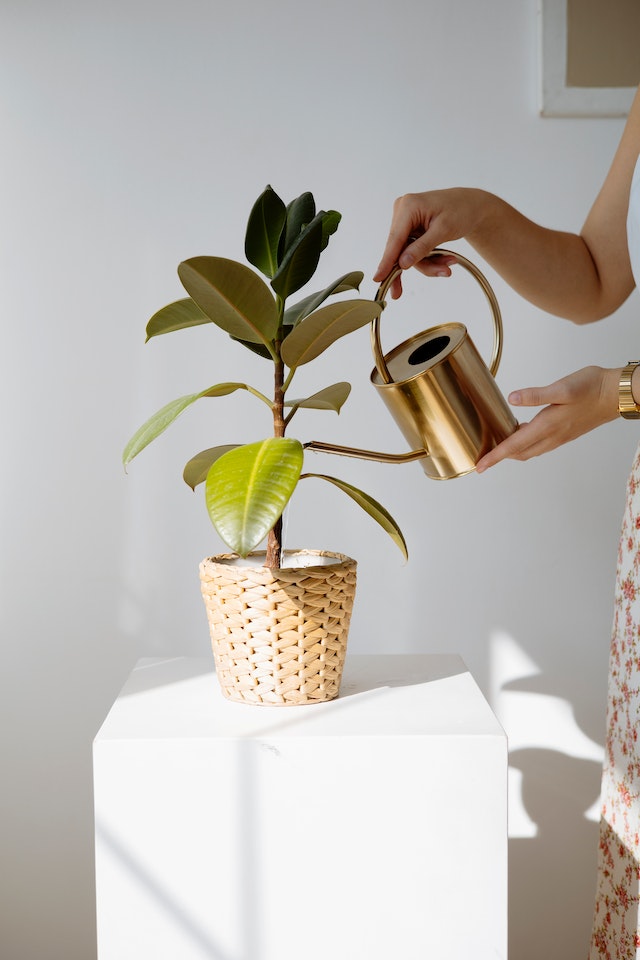
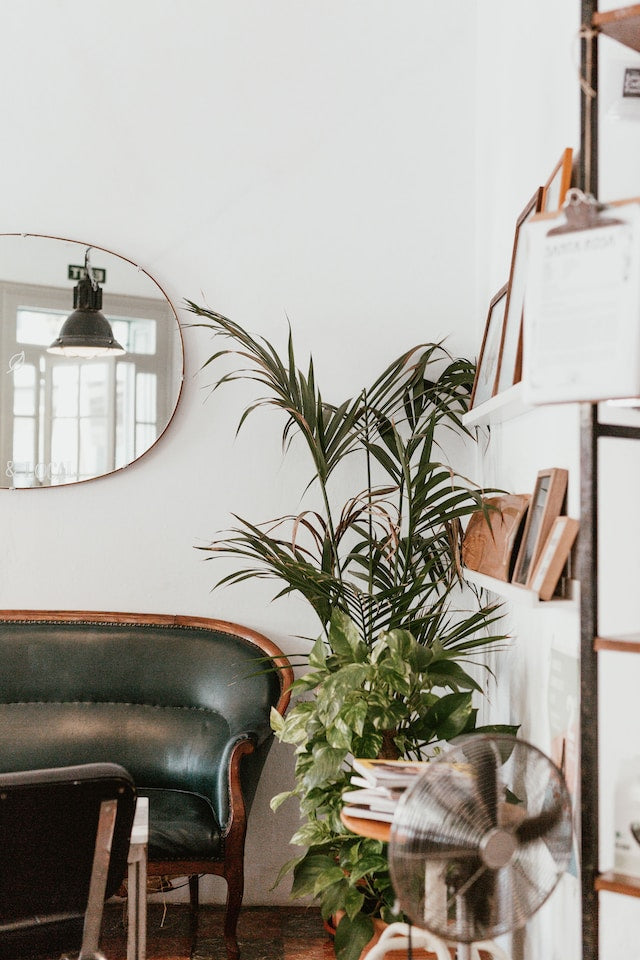
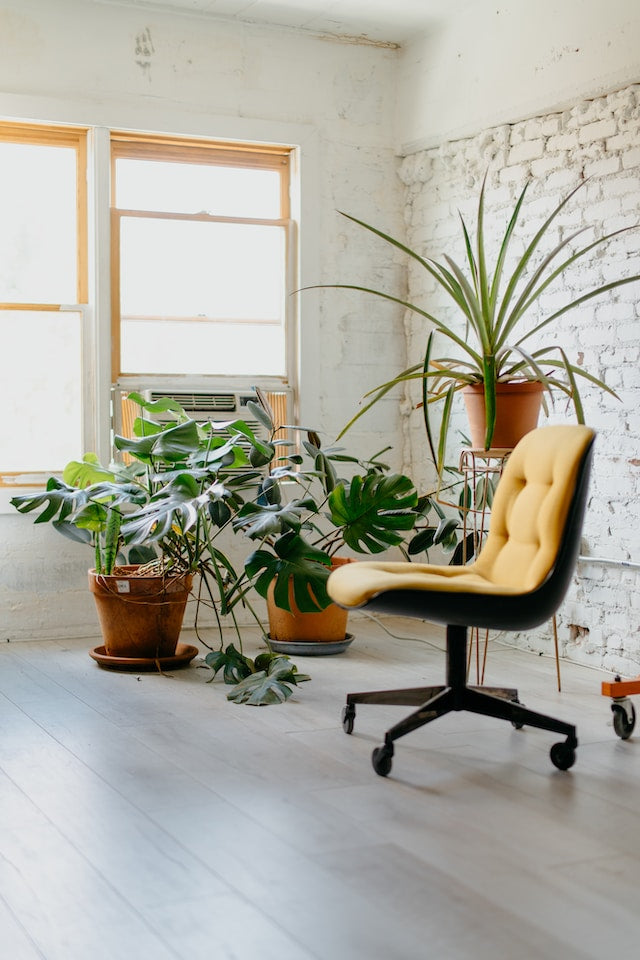
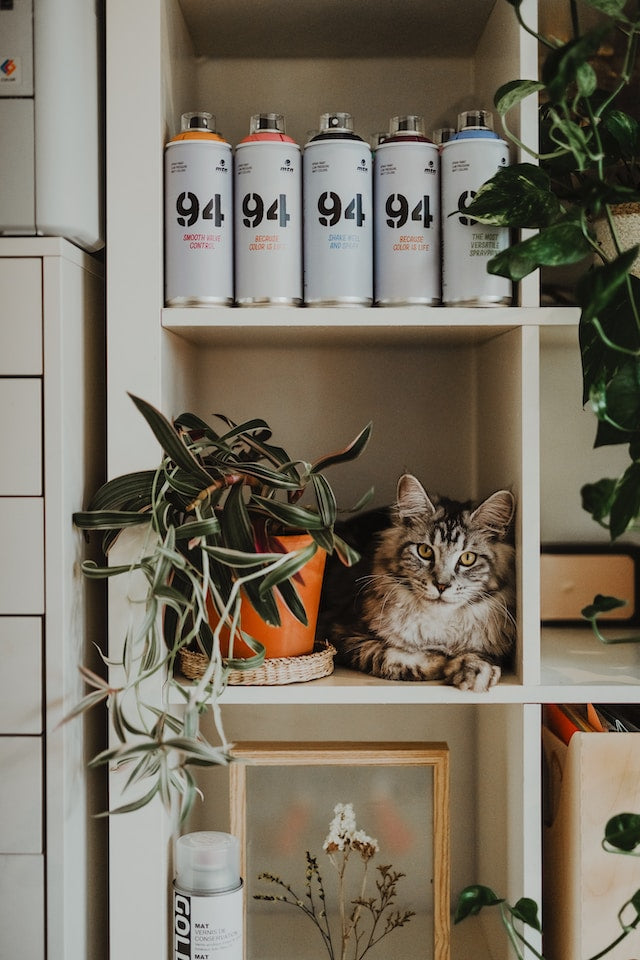
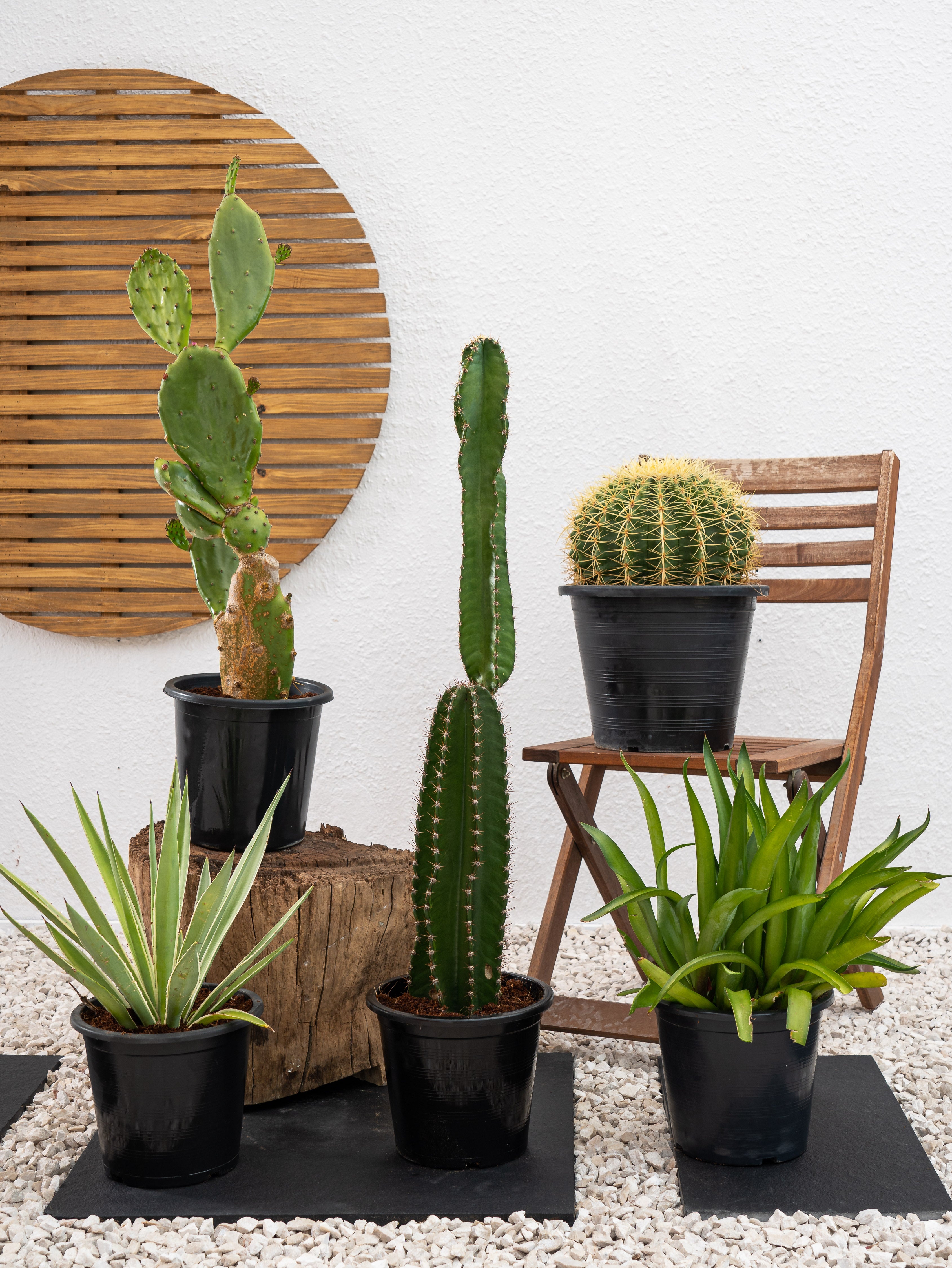
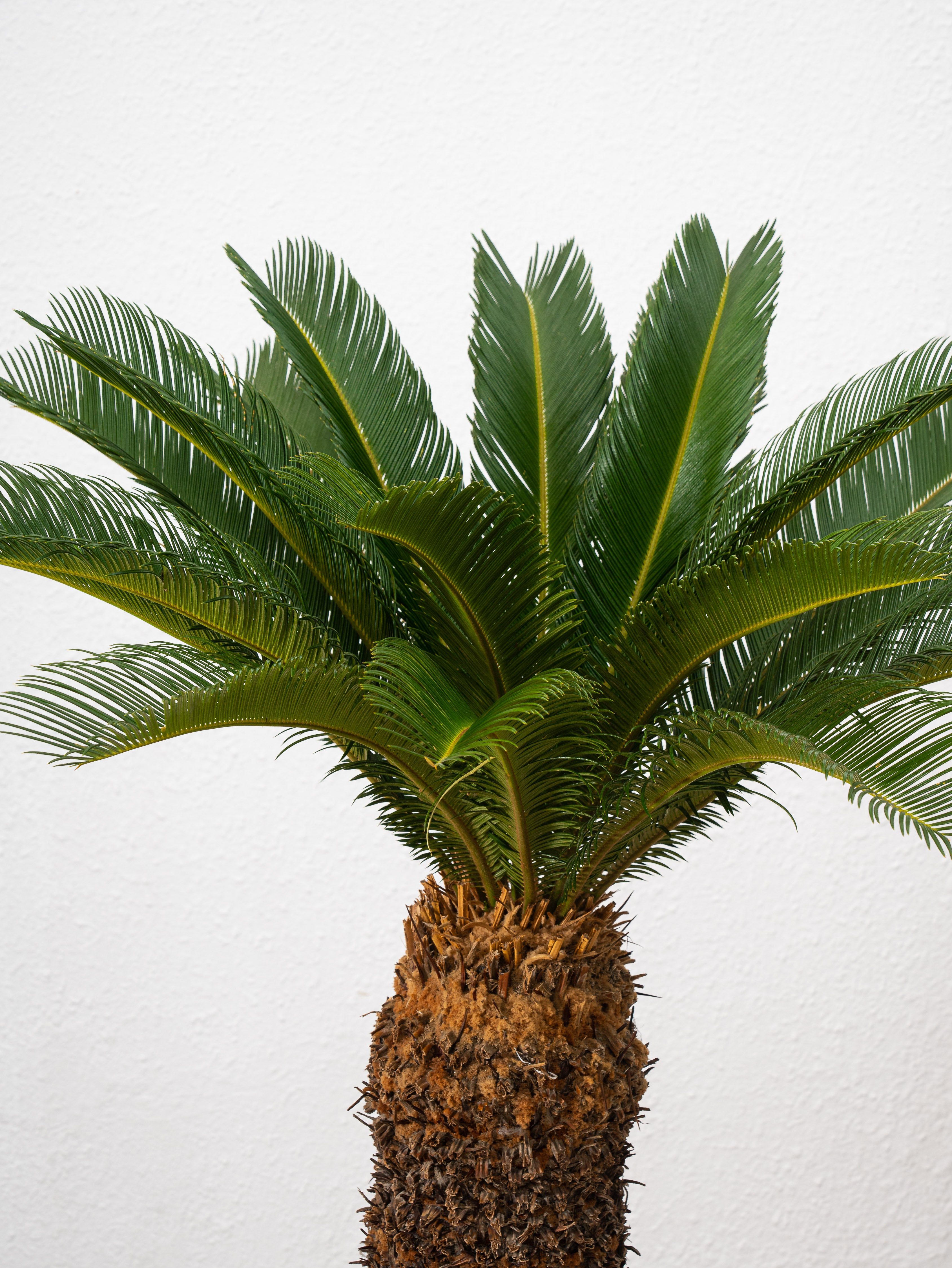
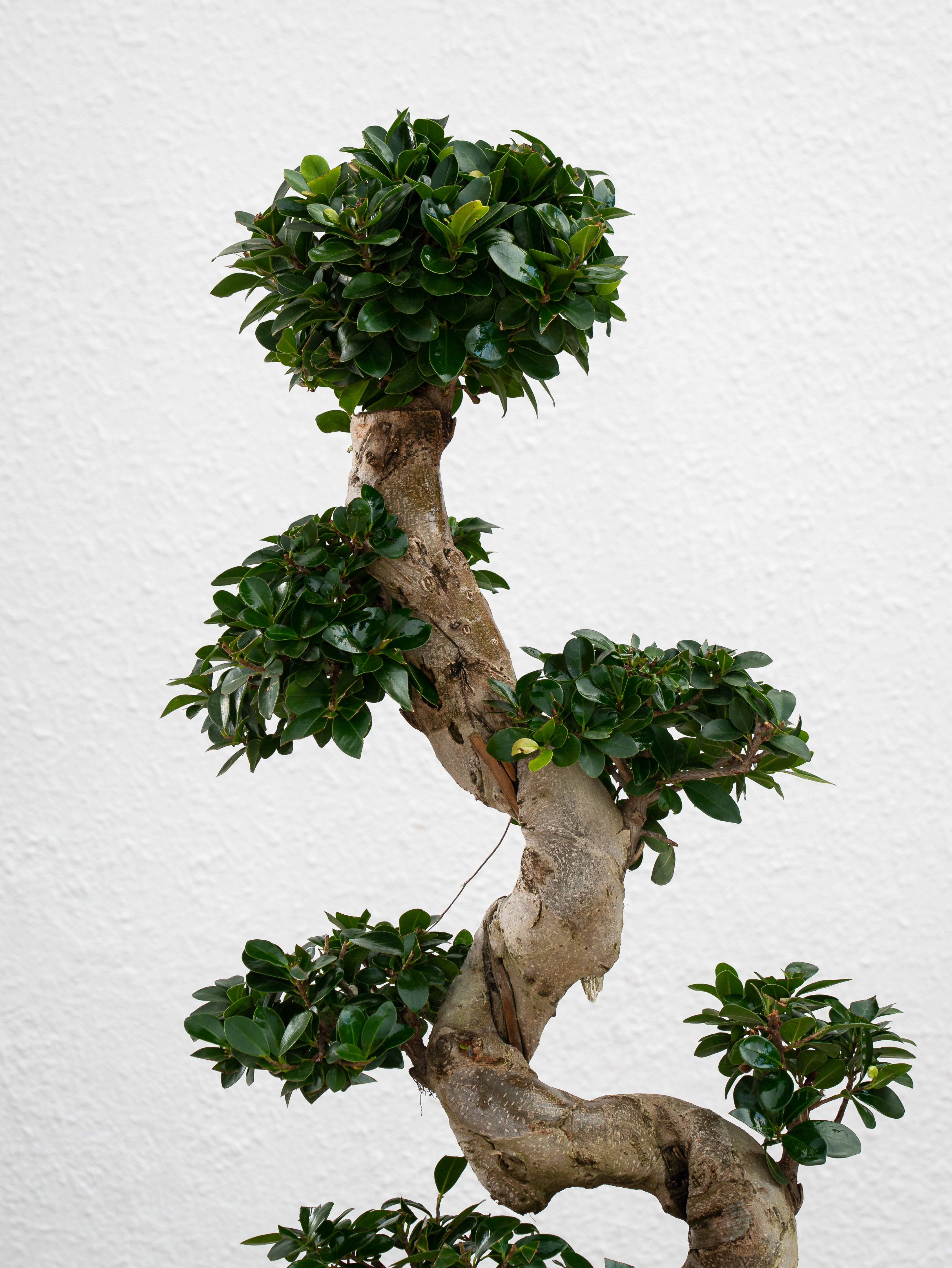
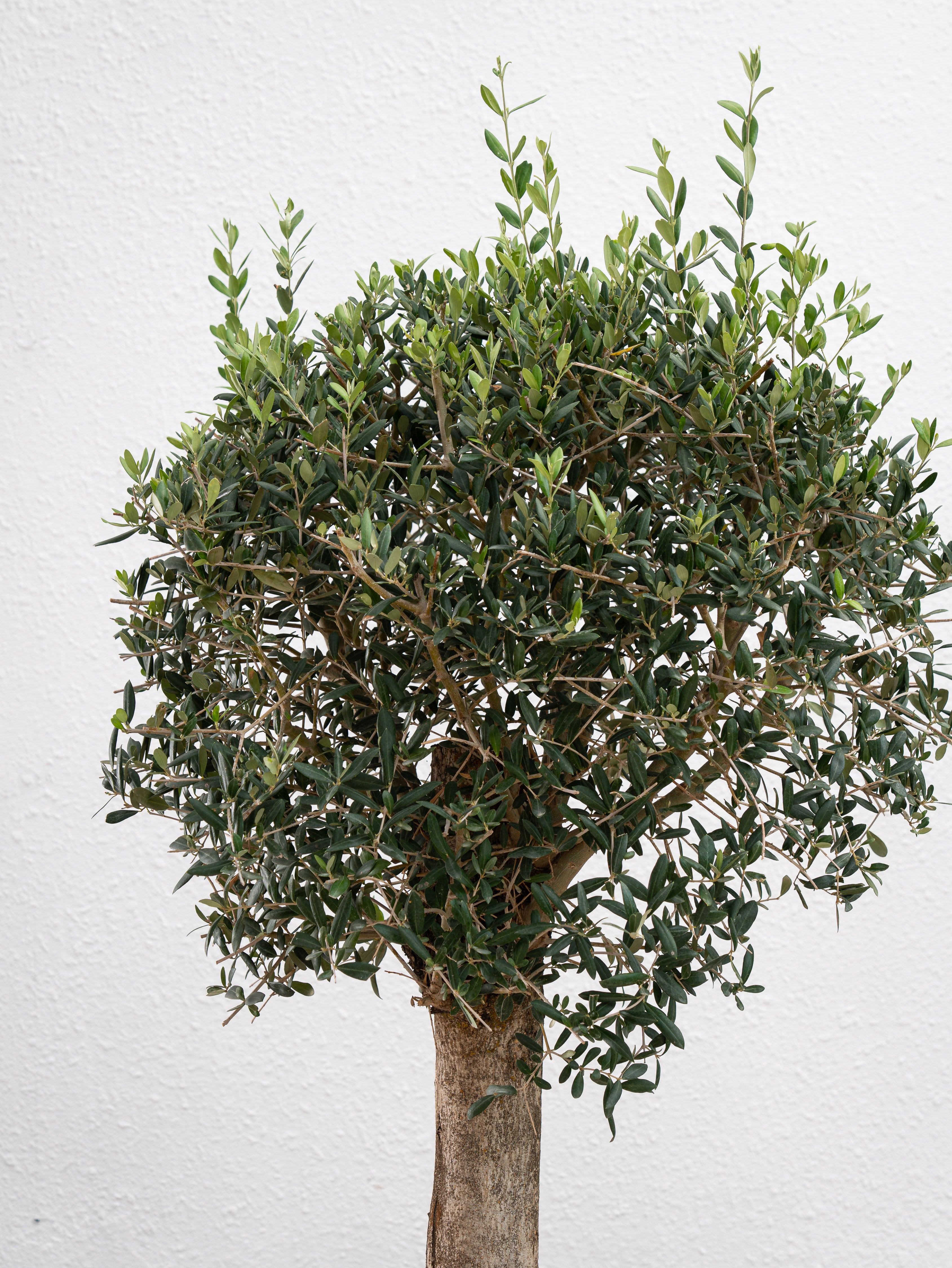

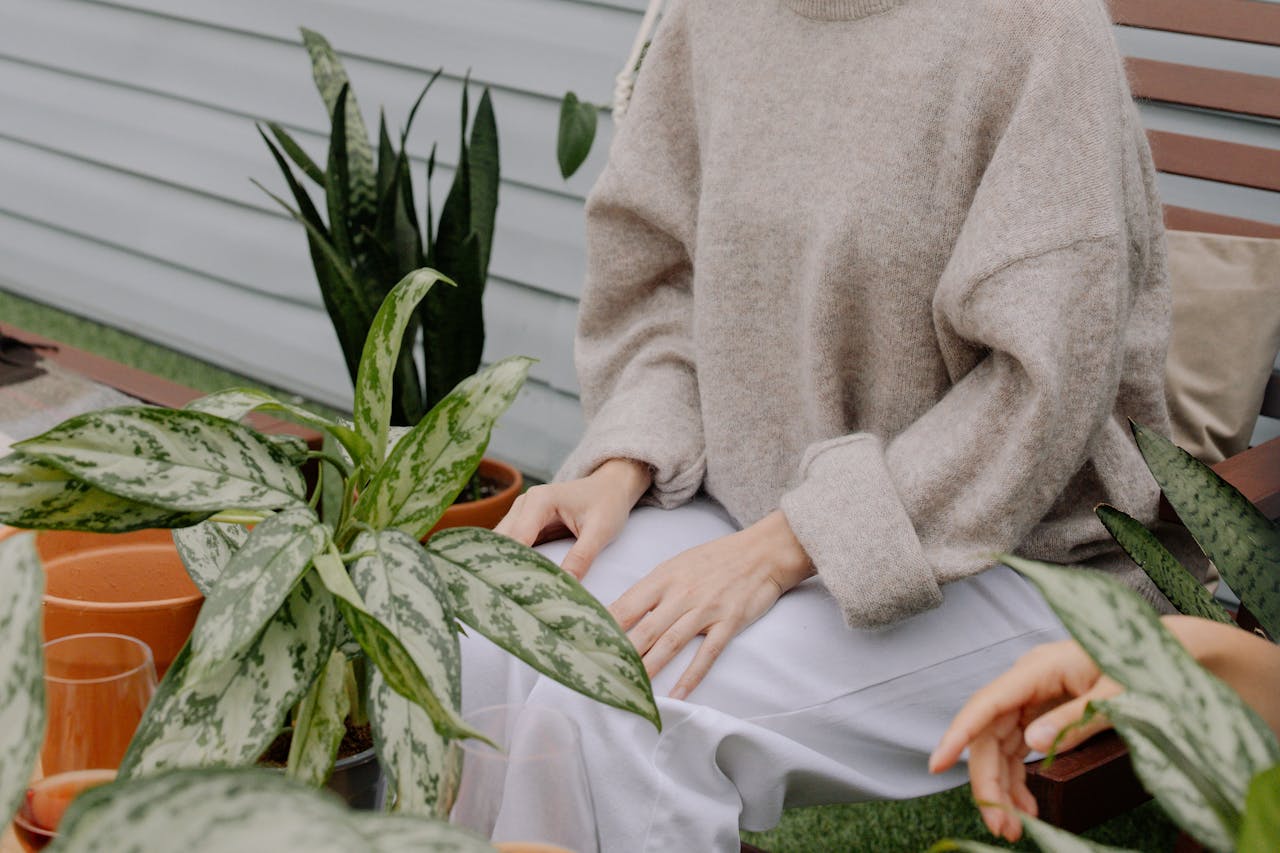
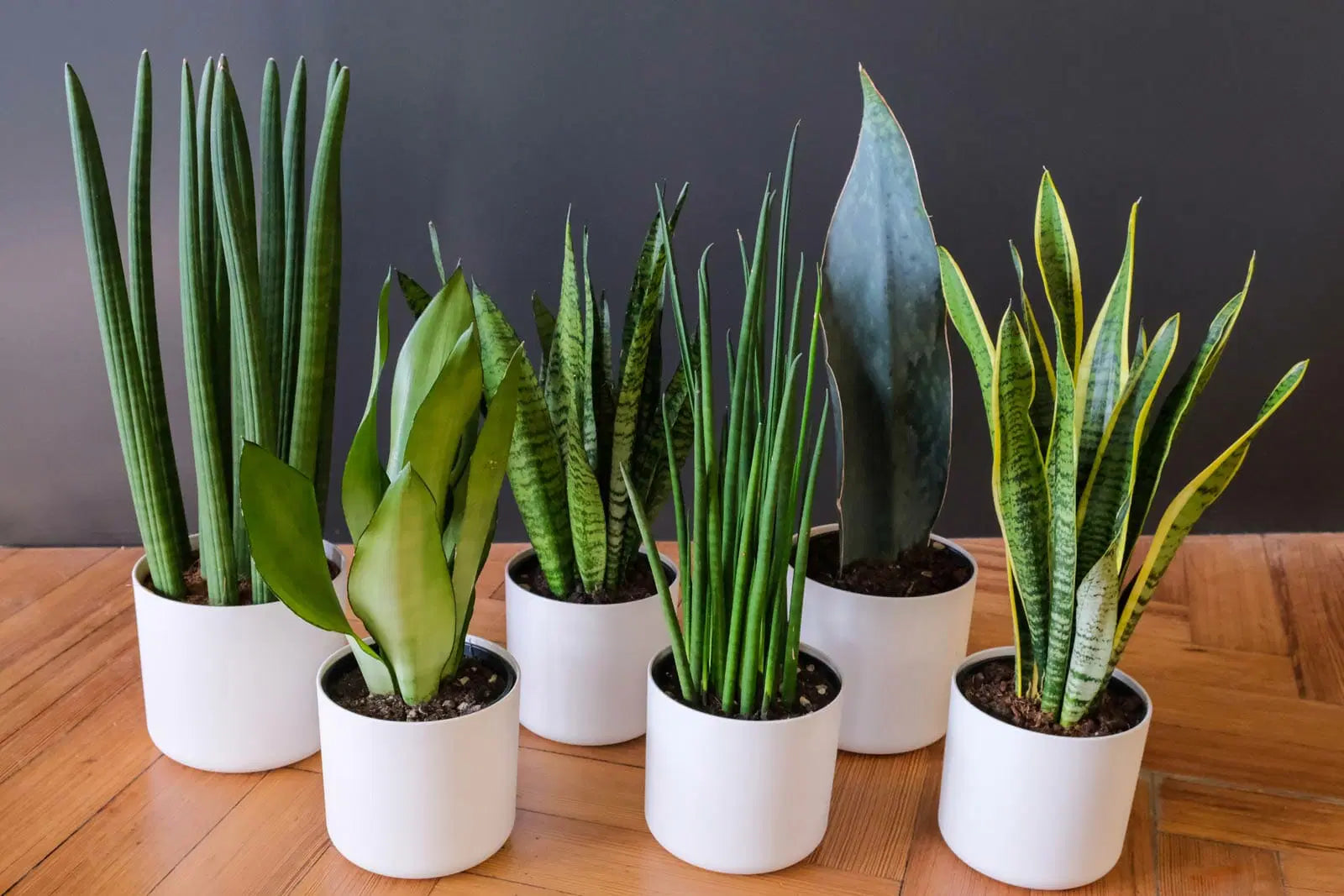
Leave a comment
This site is protected by hCaptcha and the hCaptcha Privacy Policy and Terms of Service apply.